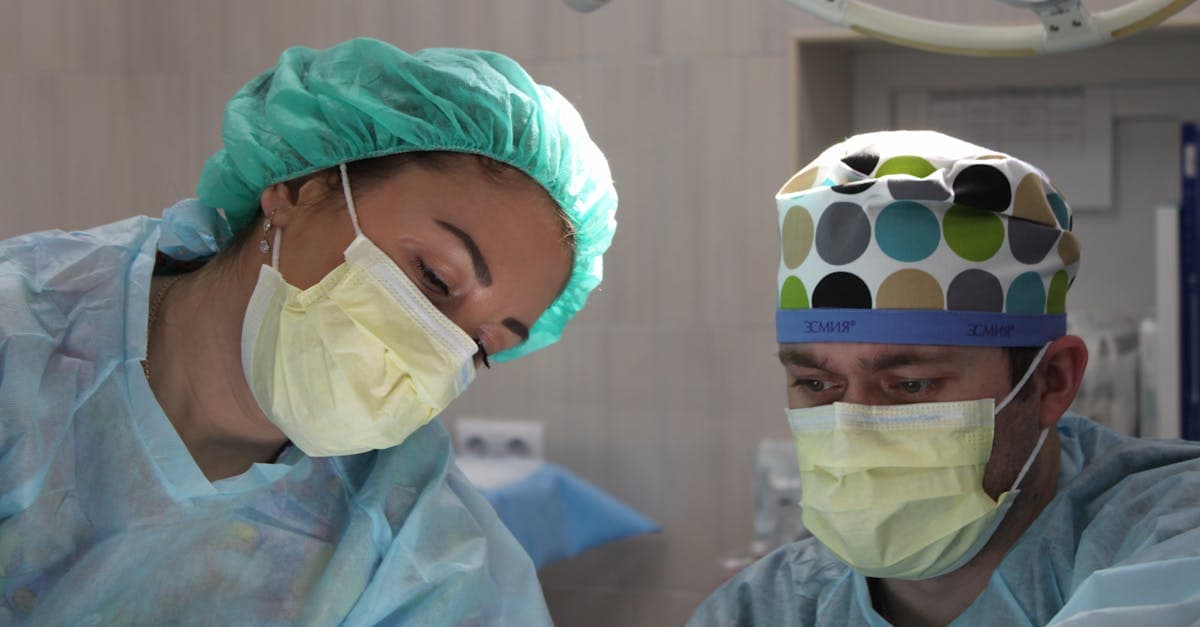Published on:
5 min read
Effective Shoulder Treatment: Techniques for Recovery and Pain Relief
Shoulder pain can be debilitating and affect your daily activities. In this post, we explore effective treatment techniques that can help alleviate pain and promote recovery, assisting you on your journey to better shoulder health.

Understanding Shoulder Pain
Shoulder pain can arise from various conditions, including rotator cuff injuries, tendinitis, and arthritis. Understanding the underlying causes of your pain is crucial for effective treatment. Common symptoms include pain during movement, stiffness, and swelling. A thorough evaluation from a healthcare professional is essential to identify the specific issue and establish an appropriate treatment plan. Often, non-invasive methods can help alleviate symptoms before more aggressive interventions, such as surgery, are considered. Keeping track of your pain levels and any associated activities will also aid your healthcare provider in diagnosing the problem.
Physical Therapy Techniques
Physical therapy plays a pivotal role in shoulder recovery. Techniques such as range-of-motion exercises, strengthening routines, and manual therapy can vastly improve functionality and decrease pain. A physical therapist can customize a program tailored to your specific condition. Techniques like the Codman’s exercise, wall climbs, and pendulum swings can help restore mobility, while resistance bands and light weights can be introduced to build strength gradually. Regular sessions with a therapist not only provide professional guidance but also help keep you motivated throughout your recovery journey, ensuring long-lasting results.
Alternative Therapies for Shoulder Pain
In addition to conventional treatments, alternative therapies can significantly help shoulder pain relief. Techniques like acupuncture, chiropractic care, and massage therapy have gained attention for their potential benefits. Acupuncture, for instance, targets trigger points and meridians to alleviate pain and improve circulation, while chiropractic adjustments can correct misalignments that contribute to discomfort. Massage therapy can relax tight muscles around the shoulder, promoting blood flow and enhancing recovery. It's essential to consult with your healthcare provider before starting any alternative therapies to ensure they complement your primary treatment plan effectively.
Conclusion
In summary, effective shoulder treatment involves a multi-faceted approach, including understanding the pain, engaging in physical therapy, and exploring alternative therapies. Combining these techniques can lead to substantial improvements in mobility and pain reduction. Always consult with a healthcare professional to design a recovery plan tailored to your needs, ensuring you return to your everyday activities with strength and comfort.
Published on .
Share now!










